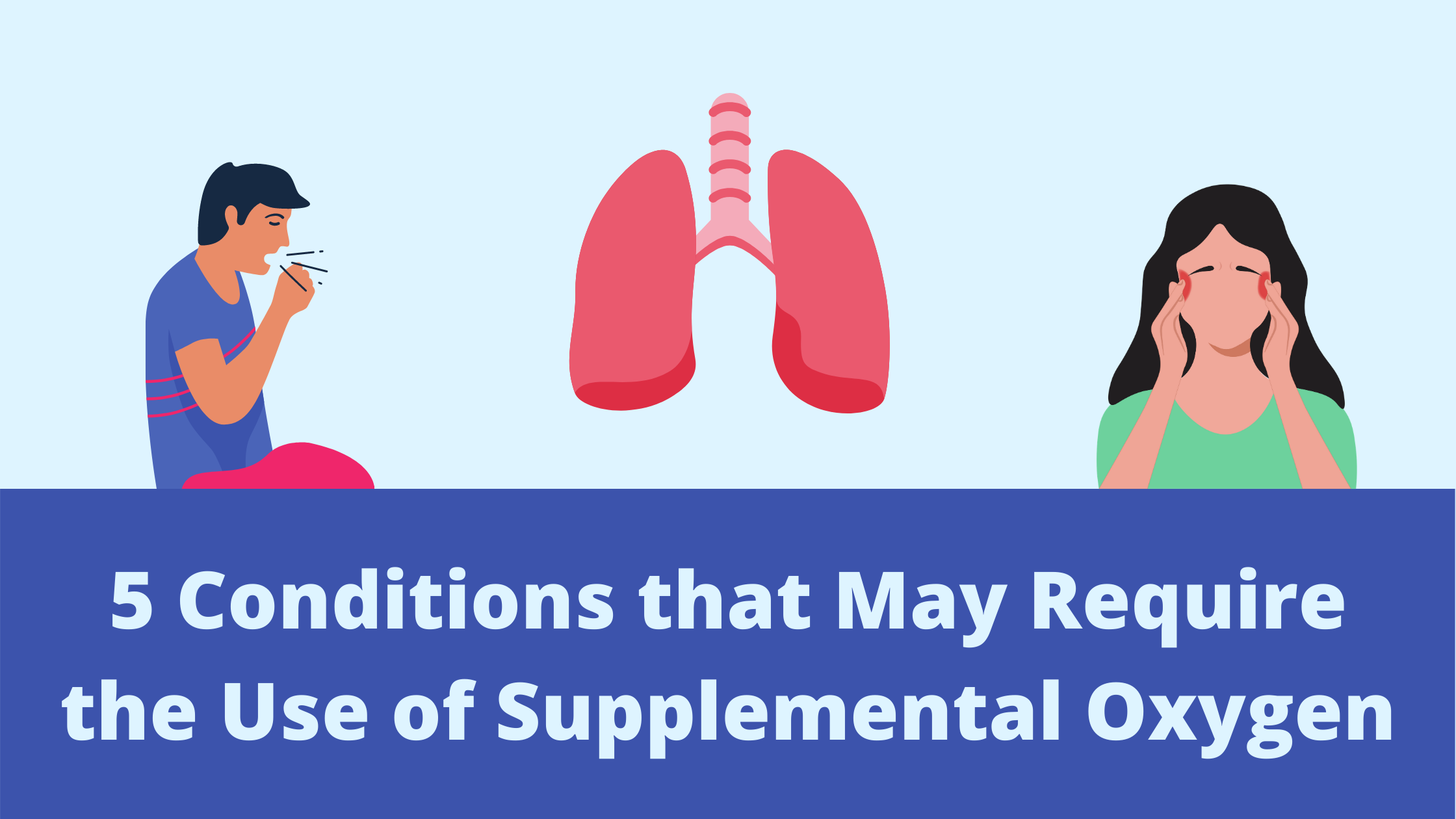
Supplemental oxygen therapy, or simply oxygen therapy, is a treatment that has been around since the late 1800s. It was primarily used to treat the symptoms of pneumonia, but doctors were uncertain how much to administer, how long to keep patients on oxygen, and if there were any serious side-effects. It wasn’t until the late 1900s that there was a significant amount of research on the use of medical oxygen and doctors became more aware of how to use it.
{{cta('fa8abc2a-1e88-4fa3-82fd-1cb5b9ed43b2','justifycenter')}}
But the usage of medical oxygen is not the only thing that developed over this time. There were also a number of scientific advancements that revolutionized the way oxygen was administered. For example, the invention of the lithium-ion battery in 1991 made it possible for oxygen manufacturers to produce extremely small, lightweight, and powerful oxygen devices called portable oxygen concentrators. These devices replaced the heavy and bulky oxygen tanks that came before them.
In this post, we’re going to help you understand supplemental oxygen better by outlining some of the conditions that may require its use. Remember that oxygen is a controlled substance in the United States, so if you believe you may need it for medical purposes, you’ll need to get a prescription from your doctor first. If you have one of the following conditions, reach out to your doctor to find out what your oxygen requirements are. Then you can look into the various oxygen devices on the market.
Chronic Obstructive Pulmonary Disease (COPD)
COPD is probably the first condition you think of when you hear the words “supplemental oxygen.” Not only because most COPD patients are on oxygen, but because COPD is one of the most common chronic respiratory conditions in the world. According to the Centers for Disease Control and Prevention (CDC), there are around 16 million people with COPD in the United States alone. Worldwide, there are more than 65 million people with COPD.
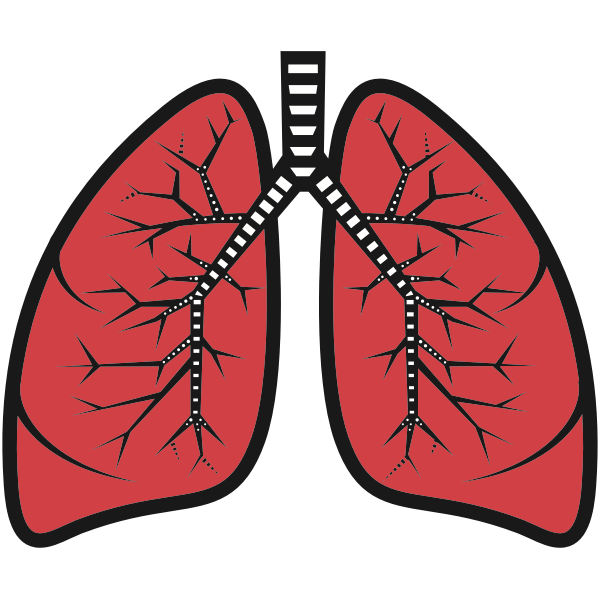
COPD is actually an umbrella term that denotes two separate but similar diseases: chronic bronchitis and emphysema. The former is a disease that affects the airways leading to the lungs called bronchioles. These airways become inflamed and hardened making it difficult to breathe and to clear mucus out of the lungs and throat. Trapped mucus can lead to frequent and recurring lung infections. Chronic bronchitis differs from acute bronchitis in that the damage is permanent and irreversible.
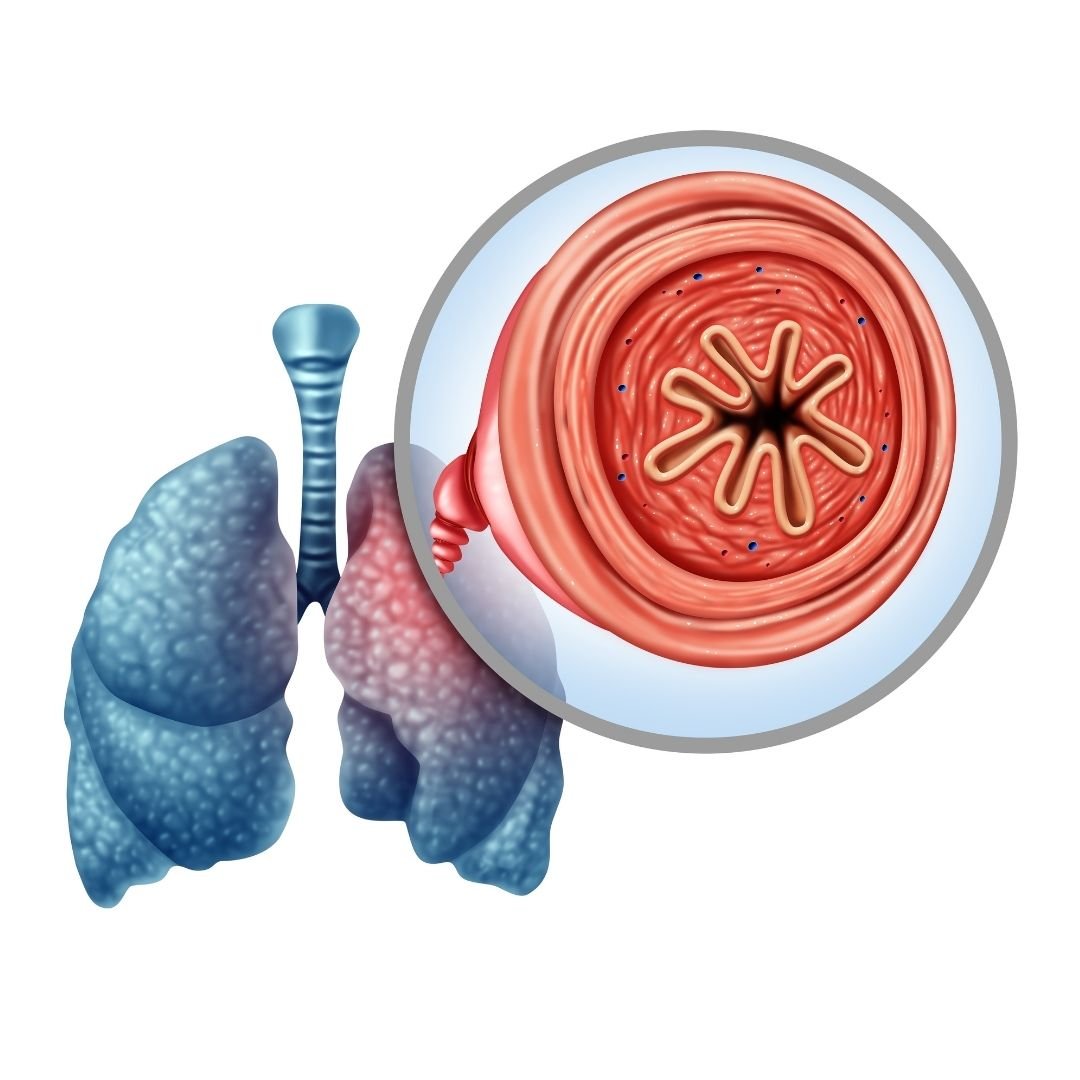
Emphysema, the other condition under the COPD umbrella, is characterized by damage to the alveoli. These are the tiny air sacs in the lungs where the exchange of oxygen and carbon dioxide takes place. When lung damage occurs, usually due to cigarette smoking or the inhalation of air pollution, the alveoli begin to swell and fill with fluid. This makes the lungs much less efficient at transferring oxygen to the blood and the lungs also become less elastic meaning it’s physically harder to breathe.
When is Supplemental Oxygen Needed?
COPD is a disease that develops slowly over the course of many years. In fact, the disease is divided into four different stages, each marked by progressively worsening symptoms. Stage one COPD is very mild and may even go unnoticed by the patient. Many people ignore the signs of stage one COPD because they simply view it as a sign of aging. According to COPD.net, it’s estimated that about 12 million people have COPD that has not been diagnosed. Most of whom are in stage one COPD.
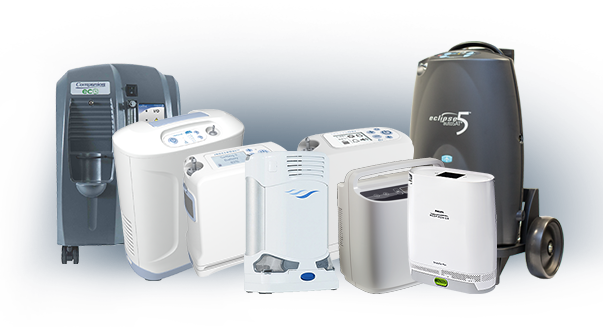
What this means in terms of supplemental oxygen is that most people will not need it during the early stages of the disease. However, as your symptoms progress, you’ll need to communicate closely with your doctor so that he or she knows when it’s best for you to begin oxygen therapy. Before giving you a prescription for oxygen, your doctor will likely perform a test called an arterial blood gas analysis (ABG test). This test will tell you and your doctor the amount of oxygen and carbon dioxide in your blood so that you can determine if supplemental oxygen will benefit you or not.
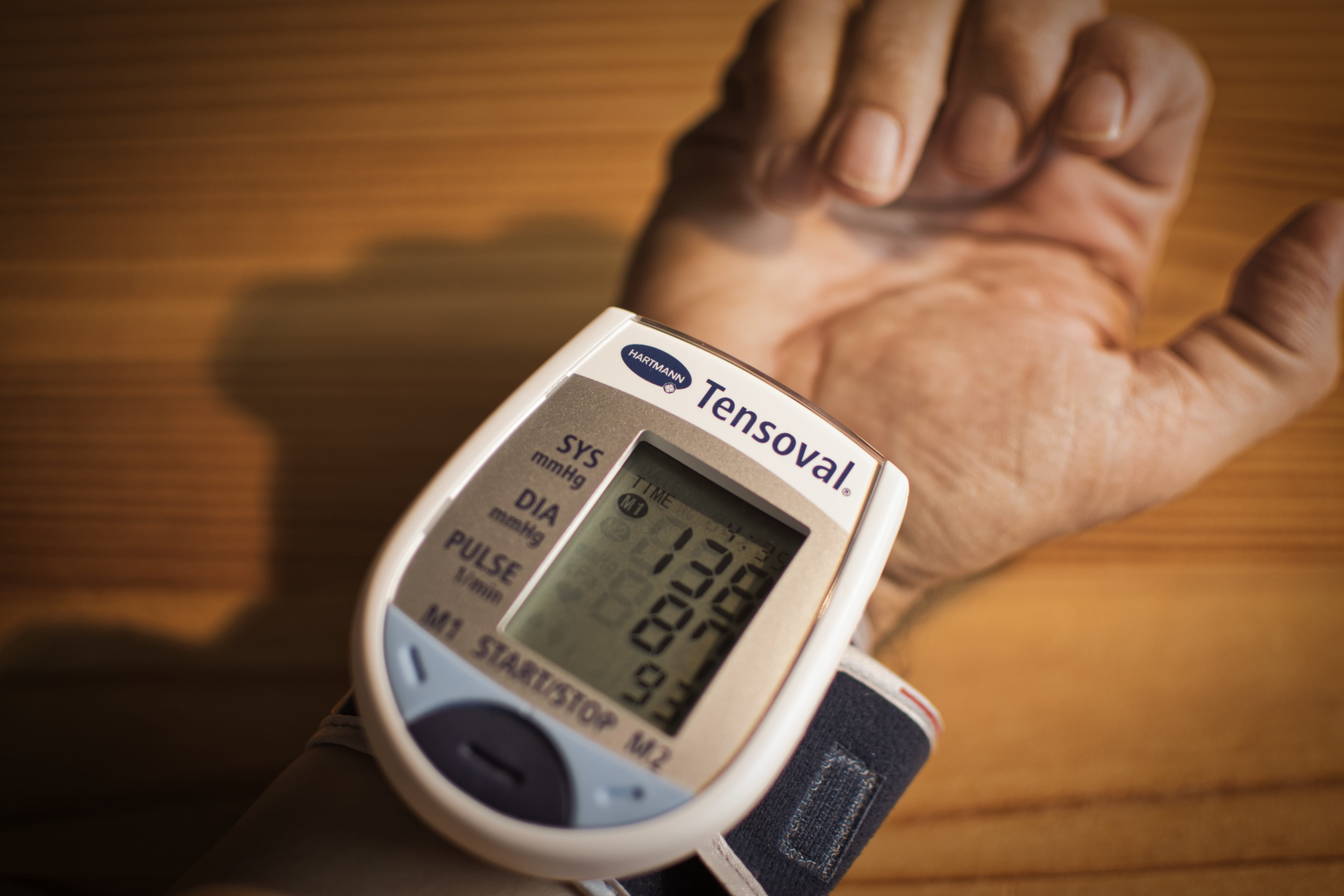
Since arterial blood gas analysis requires you to draw blood, there is another less invasive option called pulse oximetry. A pulse oximeter is a small device that slips over your finger. It passes rays of light through your finger in order to approximate your blood oxygen saturation levels. While these tend to be less accurate than ABG tests, they can be extremely convenient, especially for checking your oxygen levels at home without the help of a doctor.
Cystic Fibrosis (CF)
Cystic fibrosis is a disease that’s characterized primarily by damage to the lungs and digestive system. It’s a hereditary condition meaning that it’s passed on from parents to their offspring. Around 75 percent of people diagnosed with CF are diagnosed under the age of two. This is in stark contrast to COPD where most cases are diagnosed in patients over the age of 40. According to Medical News Today, all newborns in the United States are screened for cystic fibrosis.
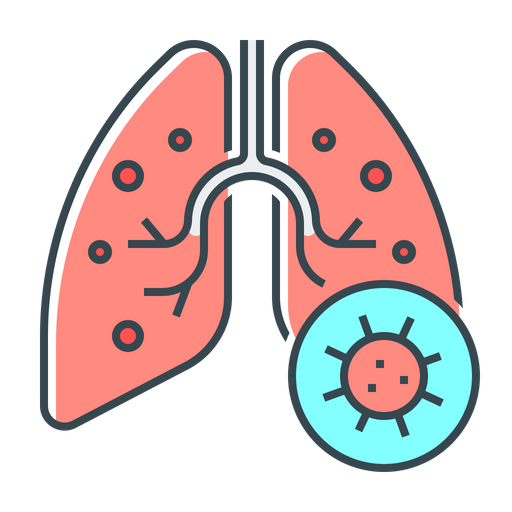
Cystic fibrosis patients have a mutation in the gene that creates the cystic fibrosis transmembrane conductance regulator (CFTR). This is a protein that helps regulate fluids and salt throughout the body. This is why CF patients often struggle with overproduction of mucus and sweat inside and outside their body which can lead to blockages and frequent infections, especially in the lungs and the digestive tract. Like COPD, CF is a progressive disease meaning there is no cure and will likely get worse without effective treatment.
When is Supplemental Oxygen Needed?
Supplemental oxygen therapy is a very common treatment option for cystic fibrosis patients. Unfortunately, since cystic fibrosis is so rare, there are far fewer studies to go off of when determining if supplemental oxygen is right for each patient. However, clinical trials have shown that oxygen therapy can stabilize CF and allow patients to sleep better, exercise effectively, and maintain an otherwise normal life. But since CF causes thick mucus, treating this disease is usually focused on reversing these effects. So, mucus thinners are usually the most important treatment option for CF patients.
.png)
Supplemental oxygen can be prescribed for either short- or long-term use in cystic fibrosis. If the patient is experiencing chronic low blood oxygen levels, you might be required to use oxygen for several hours a day or more. On the other hand, if your low blood oxygen levels are intermittent and caused by things like flare-ups you might be prescribed the use of oxygen only when your respiratory symptoms are elevated.
Pulmonary Fibrosis (PF)
Pulmonary fibrosis is a condition that is commonly confused with chronic obstructive pulmonary disease, but they are not the same thing. While they certainly exhibit some of the same symptoms, they differ greatly in terms of what causes them, the type of damage that’s done to the lungs, and the long-term outlook for patients. Like the name suggests, COPD is an “obstructive” disease. This means that it impairs your ability to expel air from the lungs. Pulmonary fibrosis, on the other hand, is a restrictive lung disease meaning it prevents the lungs from fully expanding.
Another difference between the two is that COPD results in inflammation in the lungs due to exposure to cigarette smoke whereas pulmonary fibrosis is characterized by fibrosis or “scar tissue” in the lungs from years of exposure to pollution. In COPD, the airways become narrowed preventing you from expelling air and leading to a buildup of carbon dioxide in the blood. In pulmonary fibrosis, the lungs themselves may be stiff or too weak to inhale and exhale fully. On the surface, these things are indistinguishable, but there are some significant differences in the way they are treated.
{{cta('43b79c5e-6bd6-4f02-ac27-2d038d20c146','justifycenter')}}
Whereas COPD is mainly caused by cigarette smoking or alpha-1 antitrypsin deficiency, there are many potential causes of pulmonary fibrosis. Idiopathic pulmonary fibrosis (IPF) is the most common type. The term “idiopathic” simply means that the disease developed with no known cause. IPF is most common among people between the ages of 50 and 70. Pulmonary can be caused by other diseases, most commonly autoimmune diseases like rheumatoid arthritis, Sjogren’s syndrome, or scleroderma. Gastroesophageal reflux disease (GERD) and viral infections can also lead to an increased risk of contracting pulmonary fibrosis.
There is also a genetic component to cystic fibrosis. Studies have shown that genes play a role in determining whether someone contracts pulmonary fibrosis. But more research is needed to say exactly how it contributes. Pulmonary fibrosis that is believed to have genetic cause is referred to as “familial PF.”
![]()
Lastly, pulmonary fibrosis can be caused by exposure to hazardous materials. Occupational hazards like silica and asbestos are most likely to cause PF. It can also be caused by radiation treatments and certain types of medications. Cigarette smoking is not a cause of pulmonary fibrosis but it can be a risk factor meaning it makes someone more likely to contract pulmonary fibrosis.
When is Supplemental Oxygen Needed?
As you can imagine, prescribing supplemental oxygen for pulmonary fibrosis can be a little more challenging than with other conditions. There are many different causes of fibrosis in the lungs so it’s more difficult to determine if additional oxygen is needed. Regardless, supplemental oxygen is still widely in use by people with pulmonary fibrosis and many people say that it helps them live an active lifestyle and feel better in their day-to-day lives.
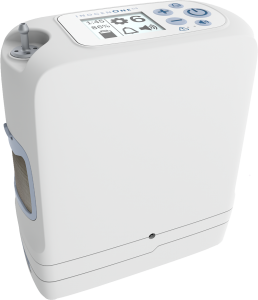
According to UCSF Health, pulmonary fibrosis patients need oxygen when their saturation falls below 89 percent or arterial oxygen pressure falls below 60 mmHg. This is regardless of whether the patient is at rest, active, or asleep. Oxygen is a vital resource for your body and it’s used by every organ in the body so maintaining the proper oxygen levels in the blood at all times can go a long way towards preventing pulmonary fibrosis symptoms.
Severe Asthma
Asthma is the world’s most common respiratory condition. According to the Asthma and Allergy Foundation of America, 7.7 percent of American adults and 8.4 percent of American children have it. The number of people who have it has also been increasing since the 1980s likely due to an increase in environmental pollutions like airborne pollens, car pollution, and even changes in the climate.

Asthma is a condition where a patient’s airways become narrowed, inflamed, and filled with mucus which makes it difficult to breathe as well as causing chest pain and fatigue. While COPD and asthma attacks are very similar events, the main difference between the two is that asthma is not a progressive disease so the airways typically go back to normal after an attack rather than becoming increasingly more inflamed like they would in a COPD patient. Asthma is also not caused by smoking, however, it is a risk factor.
-jpg.jpeg)
The good news when it comes to asthma is that only about 5 to 10 percent of cases are severe and life-threatening. The majority of asthma patients find themselves limited in their exercise ability and they might experience more frequent and severe allergic reactions, especially to seasonal allergies. But most people with asthma are able to live normal lives without a major reduction in their life expectancy.
When is Supplemental Oxygen Needed
Unlike with the other conditions listed above, supplemental oxygen is really only prescribed in rare cases of asthma. In chronic bronchitis, the airways are always inflamed and damaged and in emphysema, the lungs are always inflamed, so this explains why many COPD patients need to be on oxygen 24 hours a day. However, in asthma, the airways are mostly healthy when the patient is not experiencing an asthma attack.

Generally, rescue inhalers and nebulizers are used to treat asthma attacks. These medications are designed to open up the airways and reduce inflammation so that the patient can breathe normally. However, there is a type of asthma attack often referred to as “acute severe asthma” or a “severe asthma exacerbation” where supplemental oxygen is almost certainly needed. These types of asthma attacks do not react the same way to traditional asthma medications like bronchodilators so patients need to receive supplemental oxygen in order to maintain healthy blood oxygen saturation.
Congestive Heart Failure
Congestive heart failure, also known as heart failure, is a disease where your heart doesn’t pump blood in the way that it should. This is usually brought on by a number of conditions such as narrowed heart arteries (coronary artery disease) or high blood pressure. What results in your heart muscle being too weak or stiff to pump blood as effectively as it did when you were healthy. According to the Cleveland Clinic, heart failure is the leading cause of hospitalization in people 65 years and older.

Just like your lungs, your heart plays an important role in your systemic health. When your body isn’t able to pump blood effectively, other areas of your body may suffer just as greatly. Edema is one sign that you’re experiencing heart failure. This is when your extremities such as your hands, feet, or legs begin to fill with fluid, usually turning a purple color. And while edema on its own is not usually a serious problem, it’s a sign that you could be suffering from heart failure or some other heart-related problem.
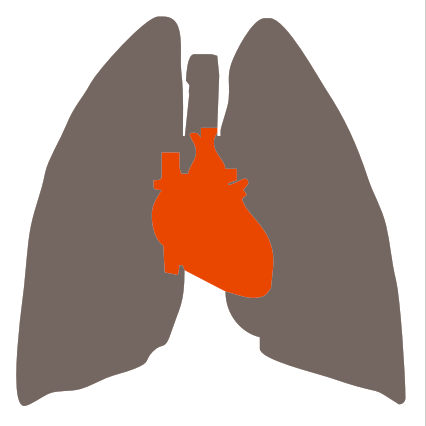
Another area of the body that’s affected by your heart health is your lungs. This is because your heart and lungs work together to circulate oxygen-rich blood throughout your body. When your heart is unable to circulate blood properly it can lead to symptoms like shortness of breath, problems exercising, and chronic fatigue. This is often caused by either congestion in the lungs or a lack of oxygen in the tissues throughout your body which can make you feel tired and weak. You might also experience dizziness, confusion, or problems concentrating.
When is Supplemental Oxygen Needed?
Since congestive heart failure is a disease that affects the heart, it’s hard to compare to the other diseases on this list which are all lung diseases. However, despite this fact, congestive heart failure still sometimes requires the use of supplemental oxygen. More often than not, your doctor will prescribe you with supplemental oxygen when your heart failure causes low levels of oxygen in your blood. According to Web MD, you’re less likely to be prescribed oxygen if you just have mild symptoms because too much oxygen can be very dangerous in heart failure patients.
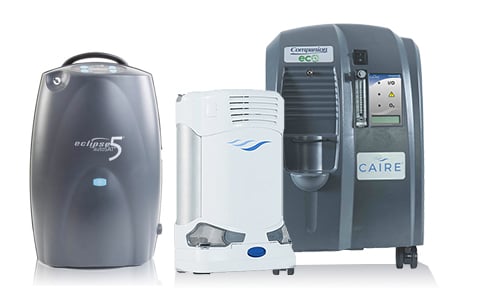
All things considered, supplemental oxygen is not a cure-all when it comes to heart disease. In reality, it won’t do a lot to help you manage heart disease symptoms. What it aims to do is prevent collateral issues caused by heart disease. In other words, it prevents further damage from being done to your body.
Conclusion
Supplemental oxygen therapy is a treatment with a long history. It’s been used for hundreds of years to help pneumonia patients manage their symptoms and over the years, researchers have discovered many other conditions that can benefit from supplemental oxygen. If you have one of the conditions listed above, it may be worth asking your doctor if you could benefit from using supplemental oxygen.
{{cta('43b79c5e-6bd6-4f02-ac27-2d038d20c146','justifycenter')}}
If your doctor prescribes you supplemental oxygen, you’re going to need an oxygen device that’s right for you and your needs. Here at LPT Medical, we have a wide selection of stationary oxygen concentrators, portable continuous flow oxygen concentrators, and portable pulse dose oxygen concentrators. These devices are significantly less bulky and heavy than traditional oxygen delivery methods such as oxygen tanks and liquid oxygen tanks, but they provide you the same medical-grade oxygen. Feel free to reach out to us either by email or by phone to speak with an oxygen concentrator specialist.

